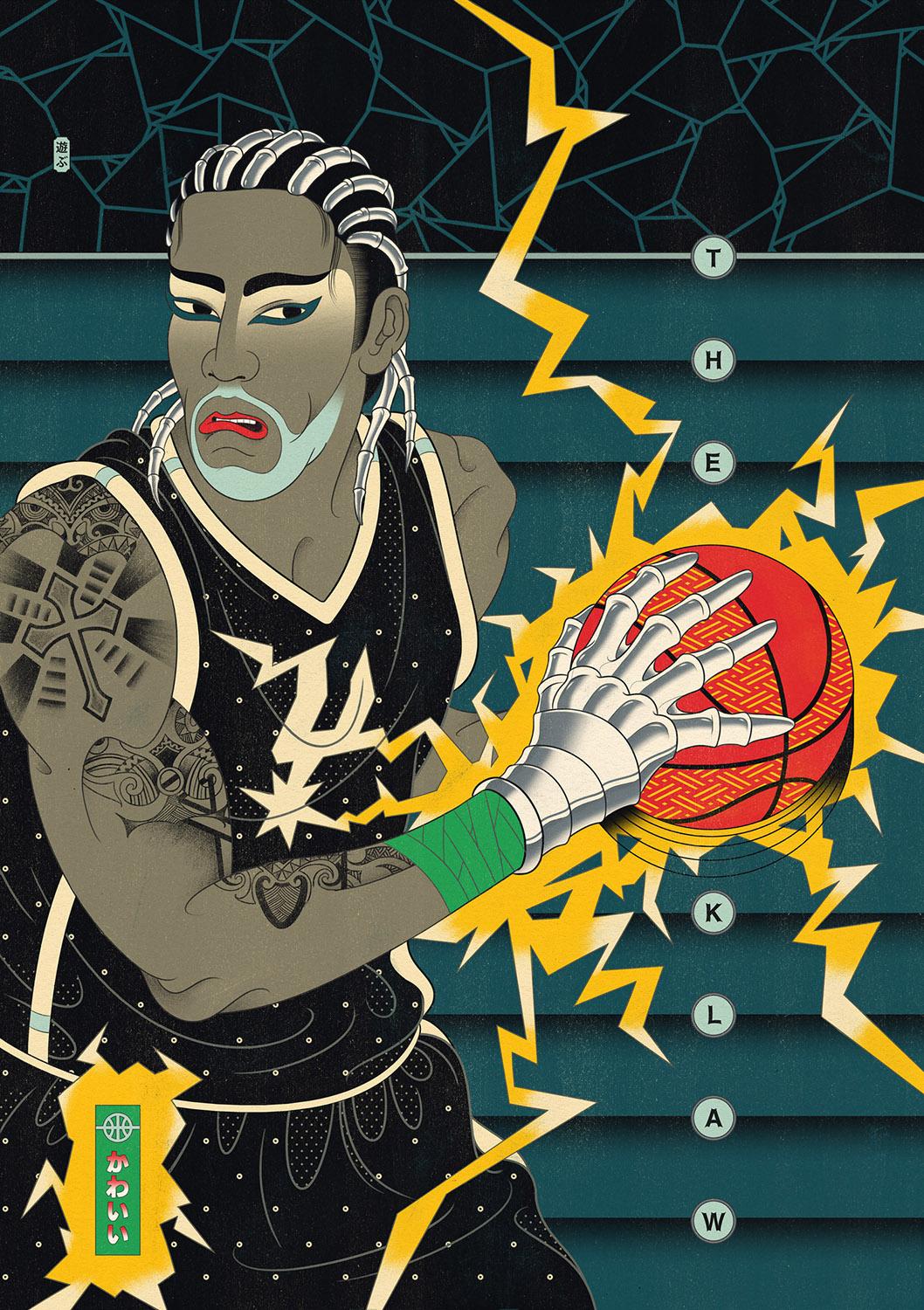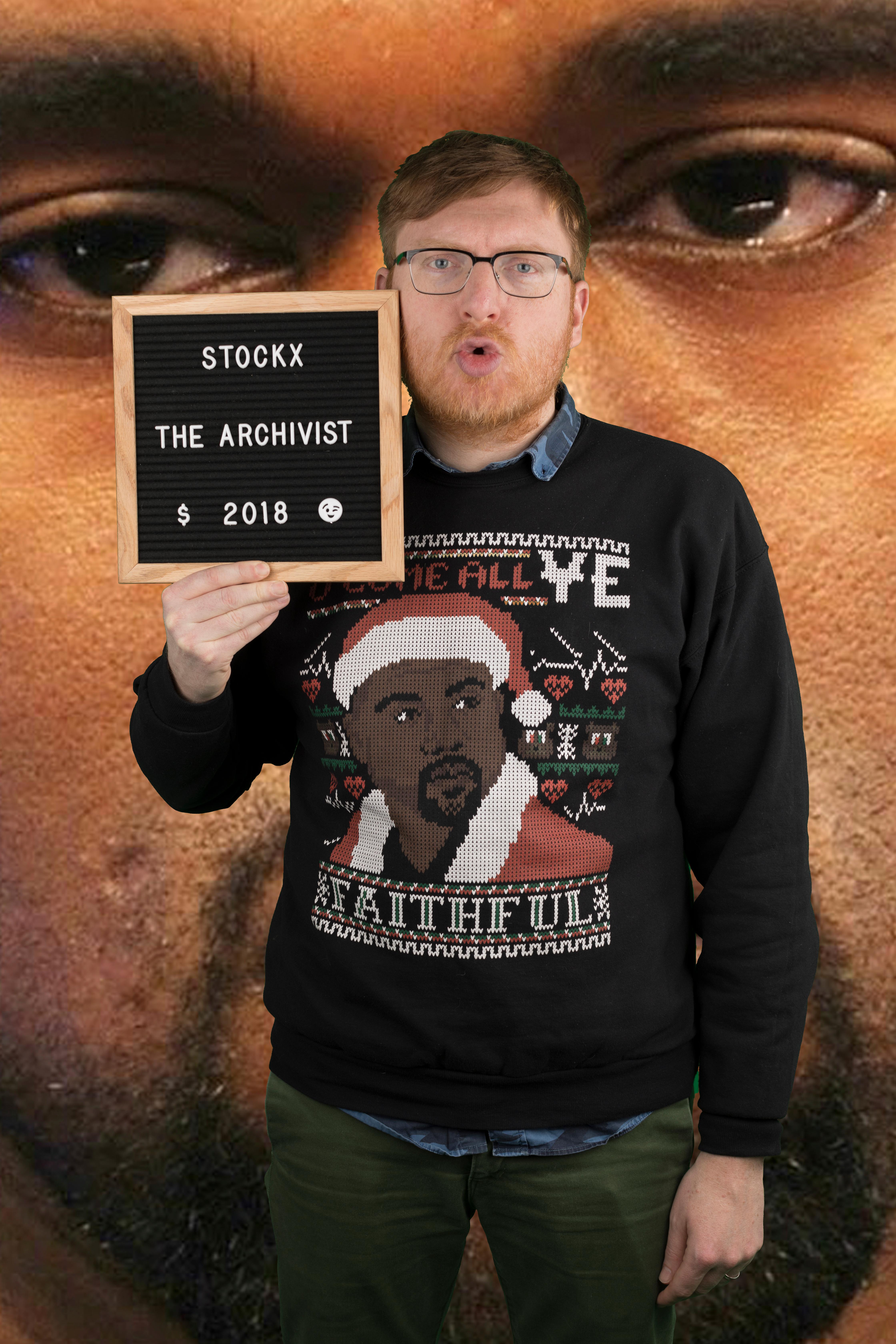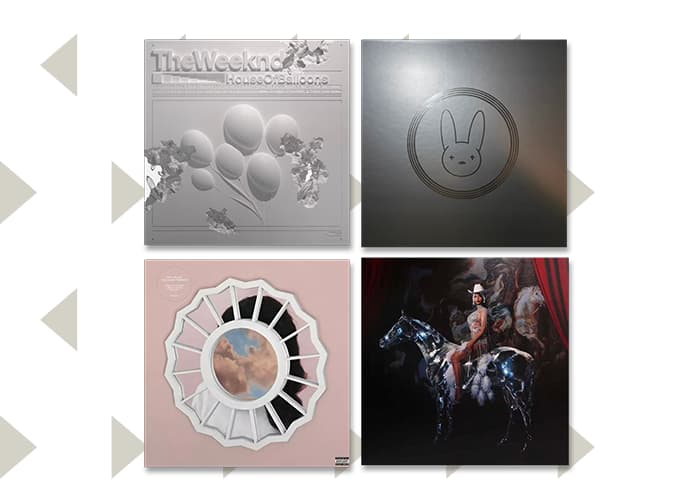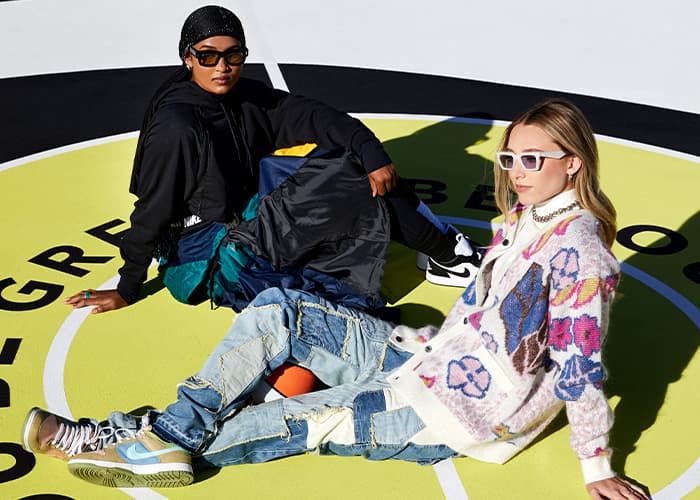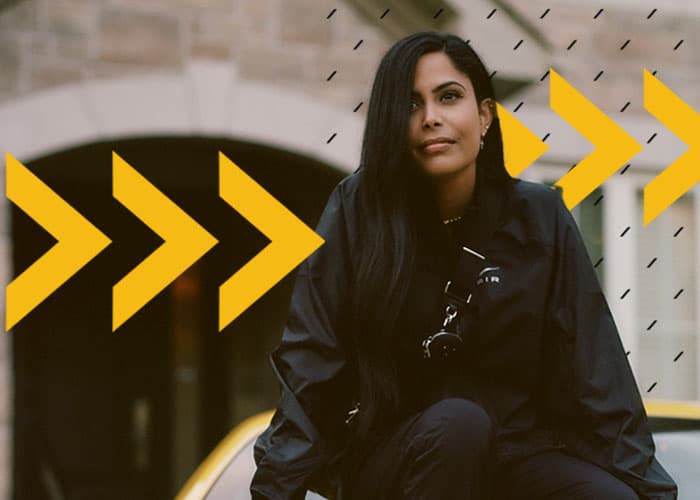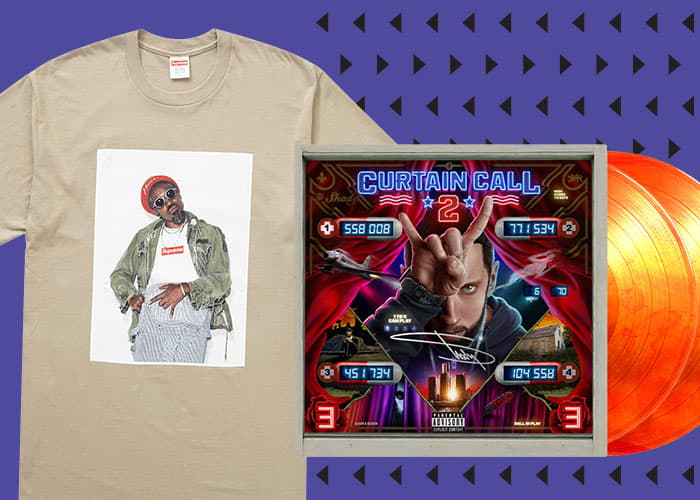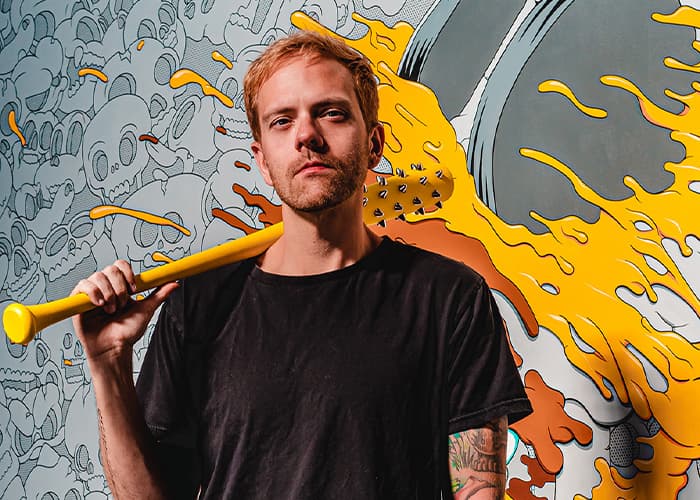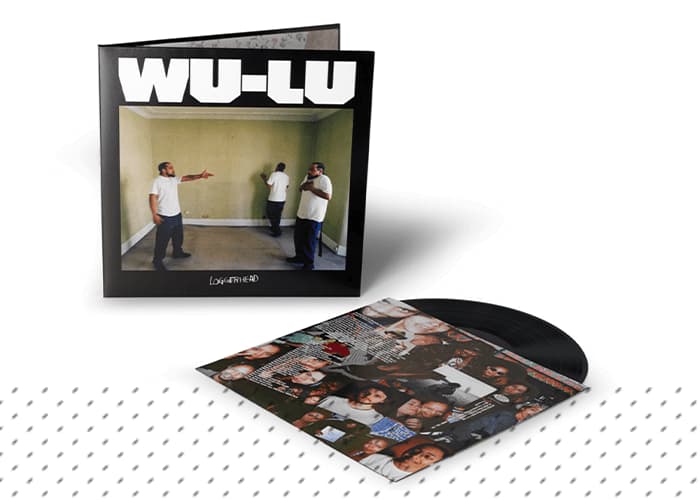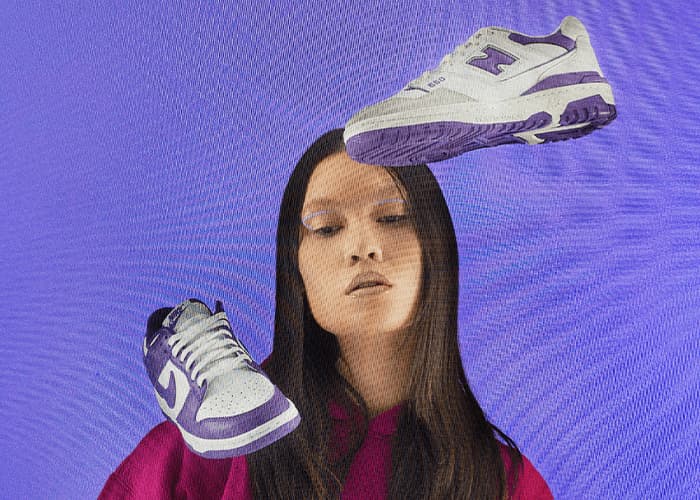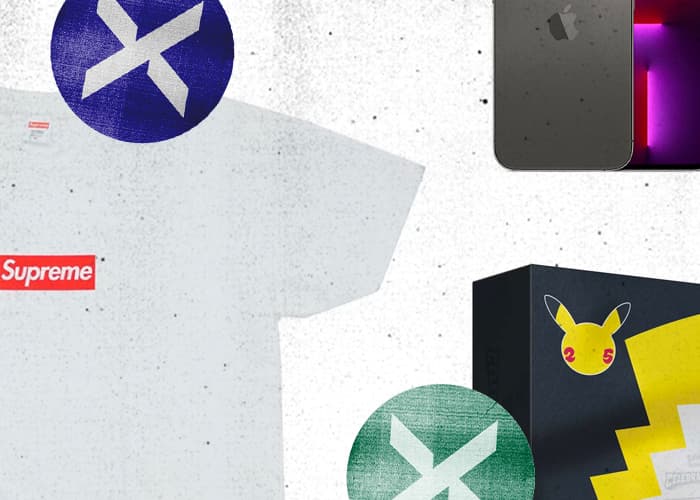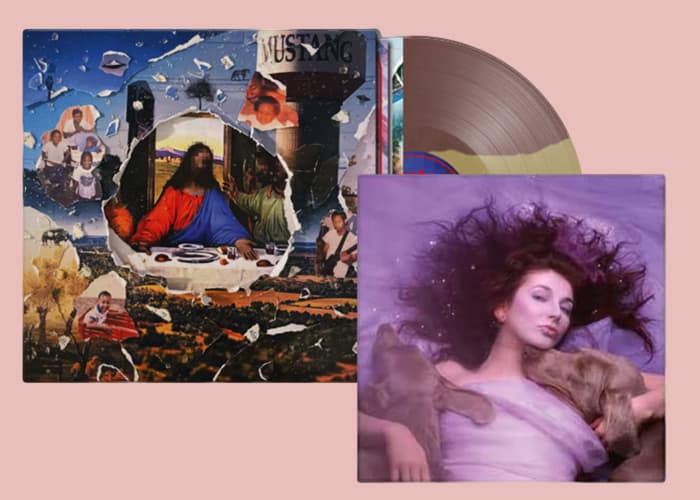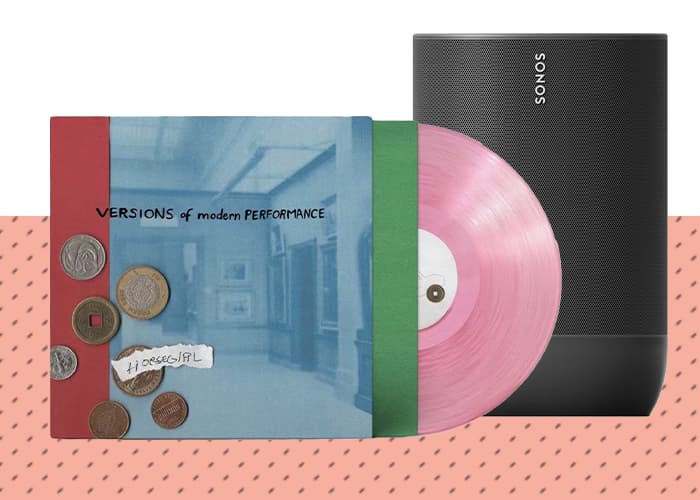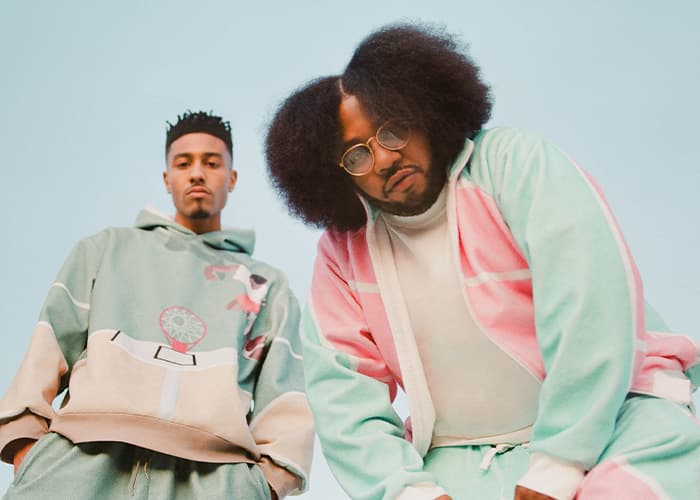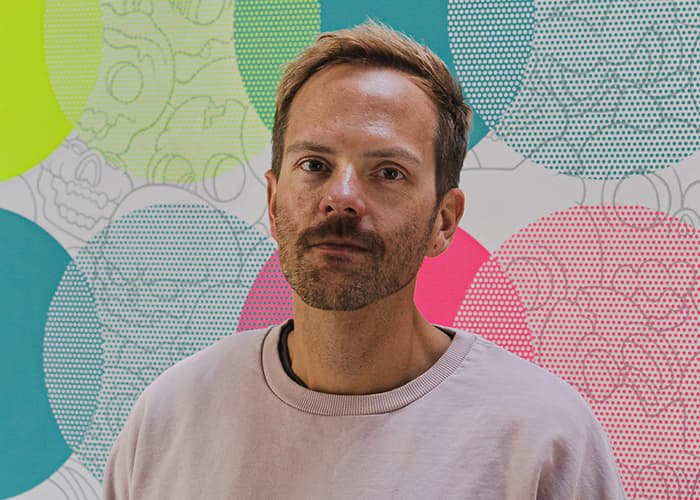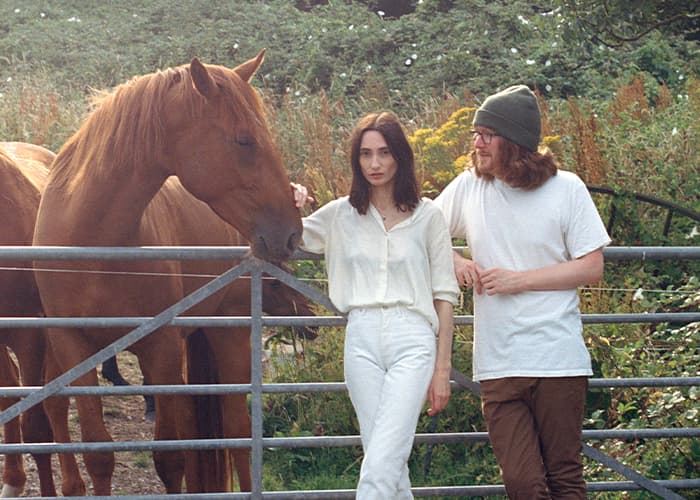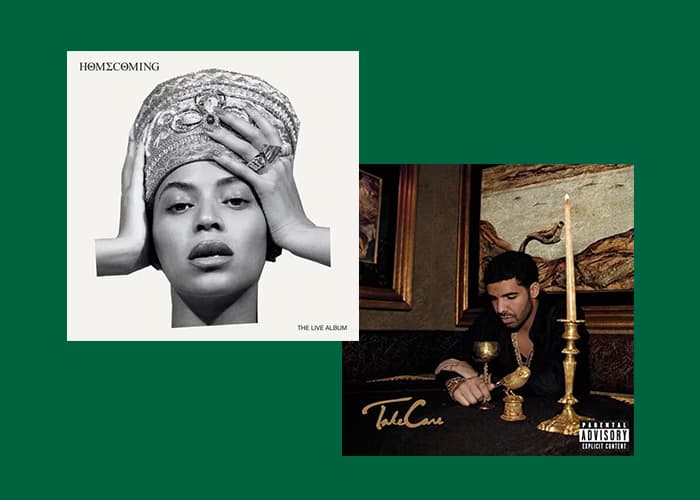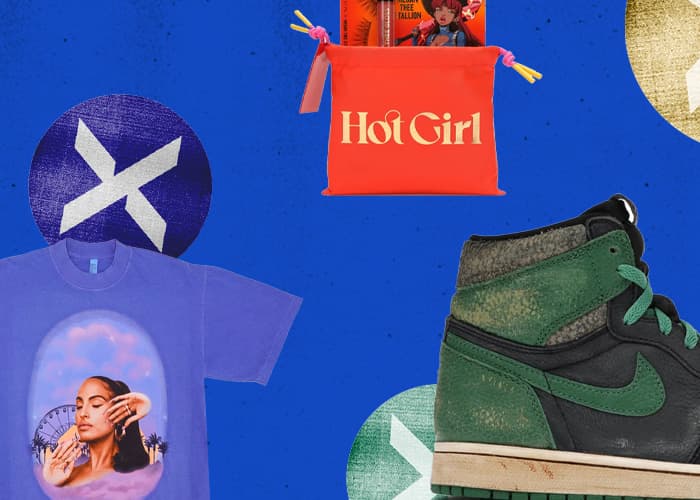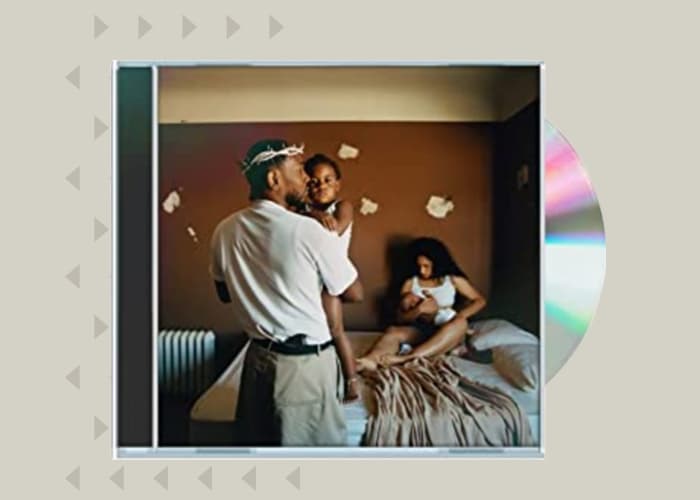To celebrate the start of the NBA Playoffs, StockX caught up with Edo-Ball artist Andrew Archer to talk about his work and transforming NBA players into Samurai.
Hailing from Auckland, New Zealand and residing in Melbourne, Australia, Andrew has been creating striking artwork since 2006. Beginning in 2013, he’s been melding pop culture, the NBA, and Japanese-inspired art in his widely imaginative series, “Edo-Ball.” Each work in this series reimagines NBA players and basketball culture in the style of Japanese woodblock prints, and Ukiyo-e art from the era of the Samurai. The series has proven so popular that his work was released as a book, “Edo-Ball: The Art of Basketball,” in late 2018.
The following interview has been lightly edited for length and clarity.
StockX: What’s the state of the NBA illustration game?
Andrew Archer: It’s better than ever. I feel like all the pop culture around basketball, and with pop culture in general, art is central or right near the center of everything.
How did you get into art?
I didn’t study art in school or anything creative. I was into skateboard graphics and all that, and 90s’ basketball cards, and shit like that. I didn’t even start playing basketball until I was 18. I just loved the basketball cards and “NBA Jam.” I kind of knew things about basketball, but skateboard graphics was how I got into art.
I left school early and I didn’t know what to do. I worked at a sign making place, it was pretty shit, but I got into using early photoshop and learned how to make stuff. After a couple of years of that I left and started working part-time as a graphic designer, but that wasn’t really what I wanted to do. So I drew on the side and it kind of snowballed from there. I pretty much drew anything for anyone for food, basically, and no one really knew what working as an illustrator really was; You couldn’t even study illustration back then.
So how did you develop your style?
I started drawing and got an agent. I’ve worked hard and I did a lot of commercial work, not like what I do now. Back then, I was more reserved with my style and just did stuff to pay the bills. Six or eight years went by and I got bored doing commercial work. I was doing a lot of advertising and commercial work, it paid well but it wasn’t satisfying. So the first two Edo-Ball works, “The Rock,” and “The Ghost,” I did back in 2013 on the side.

Andrew Archer, “The Rock” (2013) // www.andrewarcher.com/edo-ball

Andrew Archer, “The Ghost” (2013) // www.andrewarcher.com/edo-ball
The other massive part of this is that I moved to Asia in my mid-20s. I lived in Bangkok, Hong Kong, and Tokyo. Japanese art had a massive impact on my art.
How do you think the Samurai figure connects with the NBA?
It’s definitely way deeper than just a visual thing. “Edo-Ball” is way more aligned with the actual substance of Japanese art from the Edo period, than just because I like this style of art. During that period, art was produced to capture popular moments and figures of the time. So Japanese actors, especially from Kabuki theater, would be painted. If you think about it, it’s the same thing as celebrity culture today. Art produced during the Edo period was focused on capturing popular culture on paper. So it’s very similar to professional athletes and how they’re looked at now: athletes are so expressive in terms of what they wear, and what they do, and there’s tremendous focus on capturing and reporting what they do on-and-off the court.

Andrew Archer, “Shogun James” (2017) // www.andrewarcher.com/edo-ball
If you dig into the social and political structure of Edo Japan, the backstory is very similar to the way the NBA is run today: you have a Shogun at the top, like the owners and the commissioner; you’ve got people who do stuff for the Shoguns, like the GMs and team presidents; you’ve got the samurai and other people under the people directly under the Shoguns, like the players and the coaches. The backstory of the Edo period, it’s art and society, really has a deep connection with the NBA.
The backstory of the Edo period, it’s art and society, really has a deep connection with the NBA.
How do you decide which player you want to depict?
I have three notebooks with pretty well fleshed out backstories for 60-80 players. I just go through and decide what’s the strongest story. It’s not about who’s the most popular player or the specific backstory, it’s more about figuring out how I can tie the player’s personality with Ukiyo-e, or Japanese art. There are so many players that I want to do, like Hakeem Olajuwon who’s my favorite player, I love him like my father, but I’ve never been able to come up with the one idea for him.
It’s really about finding the strongest idea that will work with the player. Now that I have a much broader knowledge of Japanese culture and history from that time period, I really approach it from the Japanese culture point of view first. I approach it from that angle, not who’s an All-Star or anything like that. As organically as I can, I go after the ones that feel right.

Andrew Archer, “James Garden, Bonsai Harden” (2018) // www.andrewarcher.com/edo-ball
How long does it take to create one of your pictures?
I think the larger areas of work are doing the research and sketching out the backstories for every piece. I could easily spend, like, 8-10 hours researching the backstory and creating the thumbnails. Once I nail down the specifics, the backstory, thumbnails, and have a rough composition for everything, everything goes pretty quickly. The finished work then takes one to three days to finish.

Andrew Archer, “The Graveyard” work-in-progress sketch

Andrew Archer, “The Graveyard” (2018) // www.edoball.com
Who are some of your favorite Japanese woodblock artists?
For capturing moments, Hokusai was really good. I really like Utagawa Kuniyoshi, he was around the same time period as Hokusai. It was Utagawa and like three other guys who were considered the four artists right under Hokusai. But Utagawa Kuniyoshi is my favorite because he’s so expressive and aggressive. When he drew a spider or tiger, it would be the most frightening spider or tiger you ever saw in your life!

Katsushika Hokusai, “The Great Wave off Kanagawa” (1829-1833)

Andrew Archer, “The Great Game” (2018) // www.edoball.com
Is there any player from New Zealand that you’d like to draw?
I’m going to try and get one done for Steven Adams. As much as I like Australia and I live here, I’m from New Zealand and I represent New Zealand. Not only is Steven Adams from New Zealand, but he’s a great dude and a character. He’s got really great Polynesian and Tonga-type tattoos, which is iconography that I grew up with. I grew up playing basketball at the school Steven Adams went to and playing basketball with that whole Polynesian crew.
Have you thought about any players you might focus on for Edo-Ball Season 4?
To be honest, I’m not so much focused on players, but trying to make works that are more broadly appealing to people who may not even be into basketball. One is based on ikebana, which is the art of flower arrangements that Geisha would do, for example. I’m also doing a couple of private commissions for two NBA players. They’ll be Edo-Ball style, but not part of the overall series. They take up quite a bit of time. I’ve got a couple of other ideas, too; I’ll probably do a Joel Embiid one. It’s going to be a while though because I have these other things I’m doing and I want to get out first. It all looks really good, though.


